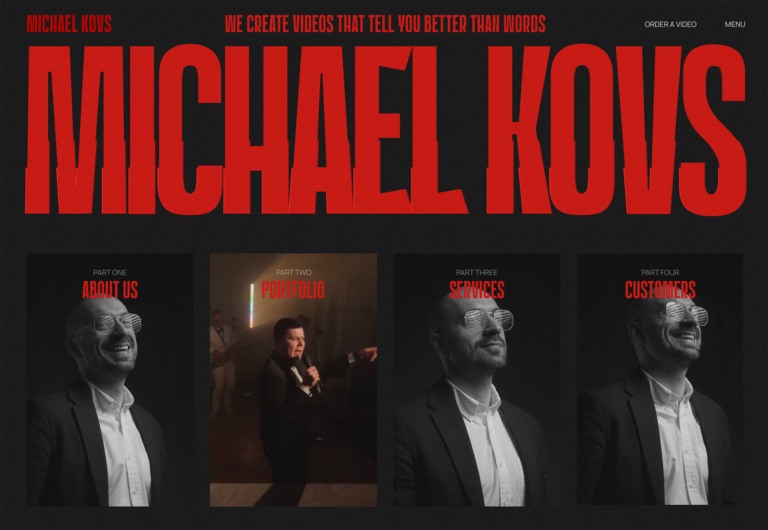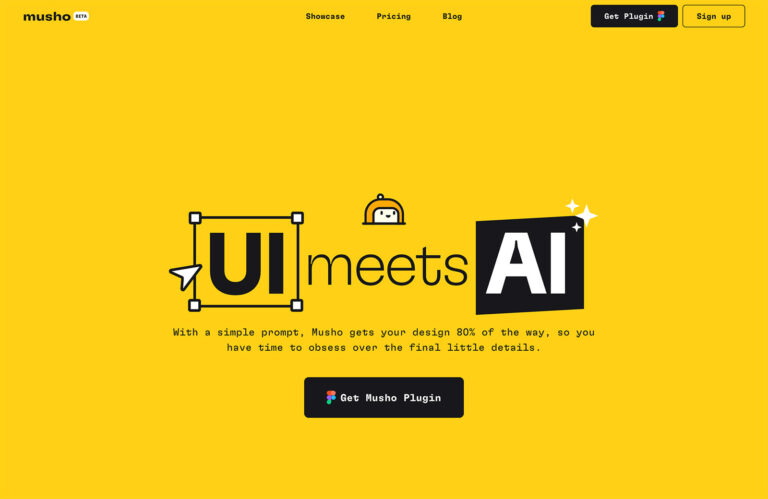
February 23, 2024
So, you’ve finished college and are ready to showcase your design skills to the world. This is a pivotal moment that you’ve worked hard for. But you may find that design in the real world is quite different from what you experienced in your courses.

Don’t worry! This shift is not a setback but an exciting part of your journey. College provides a solid foundation, but real-world design jobs offer a vast playground to challenge your skills in ways you have not imagined before.
In this post, we will delve into the differences between college design courses and professional design jobs. We will explore what it’s like to work in the design industry, including the significance of achieving measurable outcomes, dealing with extended timelines, and working collaboratively to complete a project.
Measurability of Design Success
In college, success might have been about acing a project or getting a nod of approval from your professors. But success takes on a new, more tangible form in the bustling design world. It’s no longer just about creating something that ticks all the boxes; it’s about designing solutions that translate into measurable business growth.
It’s exciting. You can see your work in action, solving problems and making people’s lives easier. And yes, measuring the impact of your design might sound daunting at first. But it’s also gratifying. You’ll learn to use tools and metrics showing how much your design improves the user experience or contributes to the company’s objectives.
Your designs have the power to make a real difference. By focusing on measurable success, you’re creating something beautiful and something that matters.
Timeline and Process Realities
Wave goodbye to the days of semester-defined projects and neatly packaged deadlines. The real-world design landscape is a new ballgame where timelines stretch and bend in ways a college kid could never anticipate. It’s an adventure, an opportunity to dive deep and truly perfect your craft.
Real-world design doesn’t happen in a vacuum: the CEO’s got flu, the CFO is on maternity leave, and the CTO got rear-ended on his way to your design review. It doesn’t matter how well you plan; schedules go awry.
Moreover, a design that satisfies stakeholders takes longer than you might be used to. Projects that once took a month may unfold over several months or even longer. This extended timeline isn’t a sign of slow progress but reflects the meticulous care, collaboration, and iteration that quality design demands.
You’ll find yourself collaborating with various stakeholders, each with their expertise and perspectives. This means your design will go through many hands, be shaped and reshaped by feedback, and evolve to make it stronger and more impactful. Yes, this process can be longer, but it’s also richer and more rewarding.
The satisfaction of seeing a well-thought-out design come to life after months of hard work is unparalleled. You’ll look back on these moments with pride, knowing that you didn’t just pay your mortgage; you paid the CEO’s, too.
Collaboration in Practice
Gone are the days of solo projects and working in a bubble. In a professional setting, collaboration isn’t optional. But don’t worry; this isn’t your college-level group project. It’s much more rewarding.
You’re not just working alongside developers, product managers, and other designers; you’re creating something beautiful together. This is where your design starts to breathe, influenced by different perspectives, skills, and insights.
Sure, it might feel different from what you’re used to — collaboration in school often meant sharing ideas with peers with similar backgrounds and viewpoints. But in the real world, your team will probably be much more diverse, each member bringing unique expertise. You’ll be challenged to think broader, to communicate more precisely, and to design solutions that resonate with a wider audience.
Role of Design Systems in Professional Work
Imagine having a toolbox where every tool is precisely what you need for your design projects. That’s what design systems in the professional world are like. They’re not just a collection of components but your secret weapon for creating consistent, efficient, and impactful designs.
Design systems provide a shared language for you and your team, making collaborating and communicating your ideas easier. They’re like the building blocks of your design projects, allowing you to focus on solving bigger problems rather than reinventing the wheel with every new project.
But here’s the best part: using a design system doesn’t stifle your creativity. It amplifies it. You can explore, innovate, and push boundaries with a solid foundation. You can spend less time worrying about the basics and more time perfecting the user experience, refining your concepts, and bringing your unique vision to life.
So, embrace the design system with open arms. Learn its ins and outs, and let it guide you toward more efficient and cohesive designs. And remember to show some love to the folks who maintain these systems—they’re the unsung heroes making your job a little easier every day.
6 Rules for Entering the Design World
Stepping into the professional world can feel like a giant leap, but it’s also the start of an incredible journey. Here are six tips to smooth your transition from college to career, turning challenges into opportunities for growth and discovery.
1. Stay Curious: The learning doesn’t stop with your degree. Approach every project and every task with a curious mind. Ask questions, seek feedback, and never stop exploring. This attitude will help you grow as a designer and make your work more impactful.
2. Build Your Network: Connect with professionals in your field. Attend design meetups, join online forums, and don’t be shy about reaching out to people whose work you admire. These connections can offer valuable advice, mentorship and even open doors to new opportunities.
3. Embrace Feedback: In the professional world, feedback is gold. It’s how you refine your ideas and improve your designs. So, welcome it with open arms, even when it’s tough to hear. Remember, every piece of feedback is a stepping stone to becoming a better designer.
4. Be Patient with Yourself: Transitioning to a new career is filled with successes and setbacks. Be patient and kind to yourself as you navigate this journey. Celebrate your wins, learn from your mistakes, and keep moving forward.
5. Seek Real-World Experience: Don’t wait for opportunities to come to you. Seek them out. Work on side projects, volunteer for non-profits, or collaborate with friends on creative endeavours. These experiences will enrich your portfolio and give you a taste of real-world design challenges.
6. Stay Adaptable: The design industry is ever-evolving, so flexibility is vital. Be open to new tools, technologies, and methodologies. The ability to adapt and learn on the fly will serve you well in your career.
Conclusion
And there you have it — a roadmap to navigate the exciting transition from college to a career in design. It will challenge you, and ultimately shape you into the designer you’re meant to be.
As you step into this new chapter, carry with you the passion that drew you to design in the first place. Let it guide you as you explore new territories, face challenges head-on, and create work that makes a difference.
Keep pushing boundaries, stay curious, and always keep sight of the impact your work can have. The world of design is vast and full of possibilities just waiting for you to uncover them.
Simon Sterne
Simon Sterne is a staff writer at WebdesignerDepot. He’s interested in technology, WordPress, and all things UX. In his spare time he enjoys photography.





